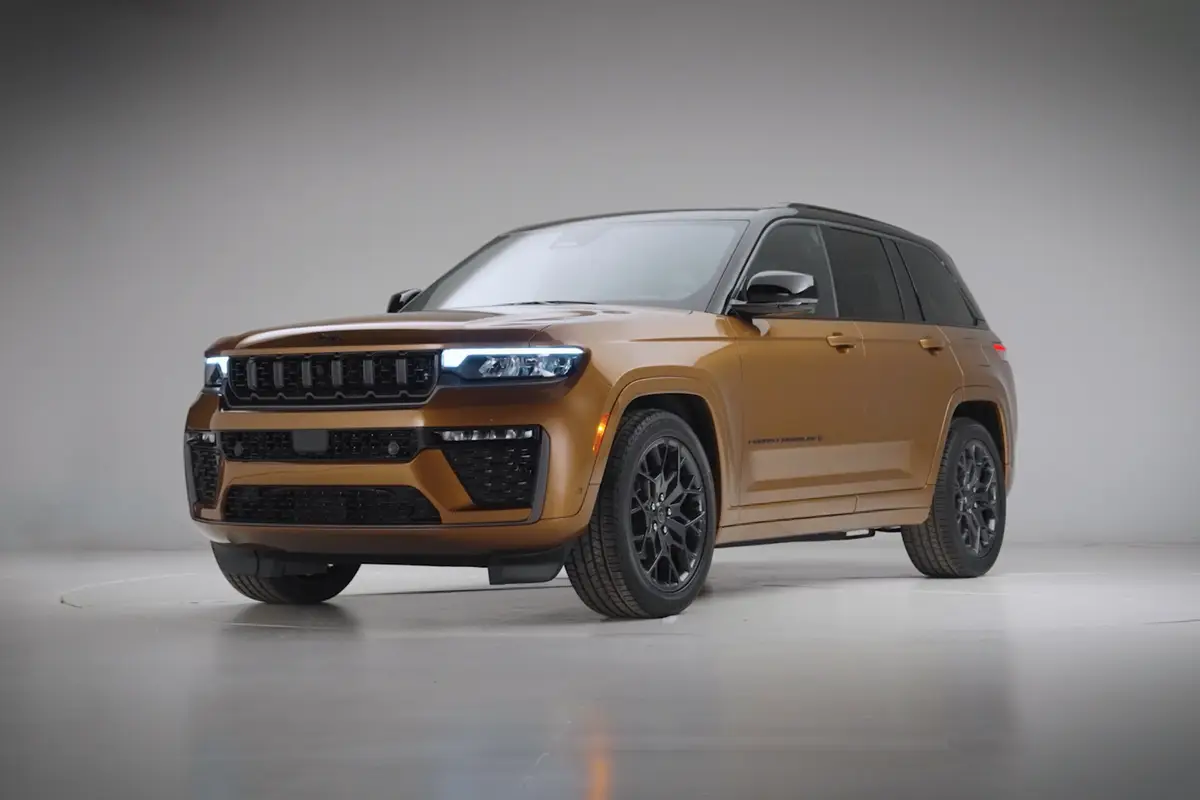2016 Jaguar XF: First Look

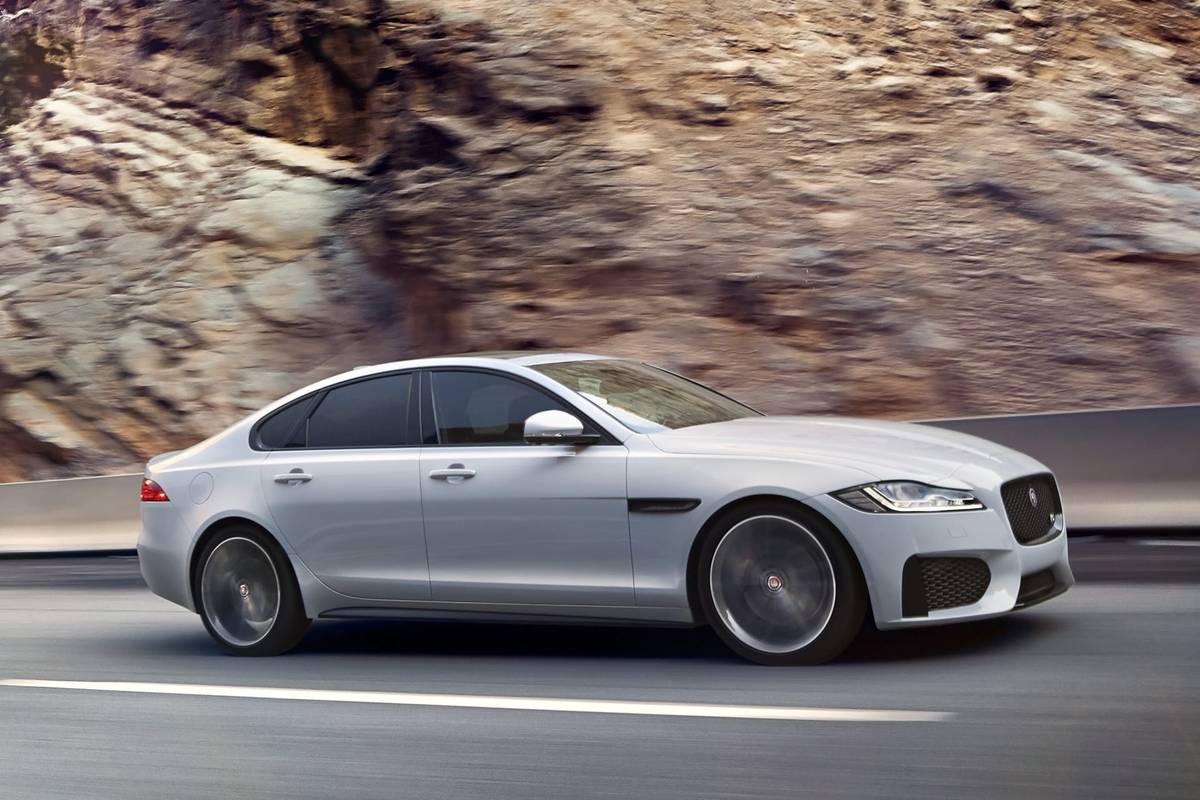
- Competes with: BMW 5 Series, Cadillac CTS, Audi A6
- Looks like: A more streamlined XF
- Drivetrains: 340- or 380-hp, supercharged V-6; eight-speed automatic transmission; rear- or all-wheel drive
- Hits dealerships: Winter 2015
After a long run since its initial debut for 2009, Jaguar is introducing the second-generation XF midsize luxury sedan at the 2015 New York International Auto Show. The original XF was billed as a sedan with a coupelike design, and that trend has exploded in recent years. The new sedan was designed to further emphasize its coupelike profile, but the new version is also more practical with increased interior room this year.
More 2015 New York Auto Show News
Under the skin, the new XF’s architecture relies extensively on aluminum to decrease weight up to 265 pounds compared with the outgoing model, while the inside is packed with new driver assistance and multimedia technology.
Exterior
Jaguar’s F-Type is one of the most aggressively styled coupes on the market, and designers used some of those cues with the new XF sedan. They didn’t get too crazy, though, and there’s a fair amount of the outgoing XF in the design despite a 2-inch-longer wheelbase (116.5 inches) and overall slightly shorter length (195 inches).
The most notable design changes include more upright front styling and a 2.6-inch-shorter front overhang, plus the new rear quarter windows are said to increase visibility and allow more light into the cabin.
The sedan uses more aluminum to decrease weight and increase structural rigidity. Jaguar says the unibody chassis is aluminum intense; the hood and front fenders are aluminum, and the sides of the car are one piece of aluminum. All said and done, the rear-wheel-drive XF is 132 pounds lighter and the all-wheel-drive model is 265 pounds lighter than the outgoing model.
Interior
The XF’s longer wheelbase opens up backseat space for passengers with an additional 0.6 inches of legroom, 0.9 inches of knee room and 1.1 inches of rear headroom. The backseat is mounted lower than the outgoing XF for the additional headroom, a move made possible by the longer wheelbase and increased distance of the front seat from the rear.
Jaguar is positioning the XF as more upscale now that its lineup includes the XE entry-level sedan. The XF’s interior features a standard 8-inch touch-screen featuring iPhone and Android application integration with compatible apps.
An available 10.2-inch touch-screen uses Jaguar’s latest InControl Touch Pro multimedia system. The big screen is customizable with background wallpapers like a computer desktop as well as widgets to provide shortcuts to favorites. There’s also a smartphone-like pinch-zoom function. The XF’s InControl Touch Pro uses a solid-state drive instead of a traditional hard drive that Jaguar says increases access time to speed up navigation positioning. The upgraded system includes an 825-watt Meridian sound system.
Jaguar is entering dangerous territory here with no buttons on either side of the screen, and instead has integrated capacitive controls into the bottom of the touch-screen. Other automakers have poorly executed similar designs, though we’ll have to get some hands-on time with Jaguar’s system to evaluate it.
Under the hood
Two supercharged V-6 engines power the 2016 XF, with the choice of a base 340-horsepower and the 380-hp XF S. Zero-to-60 mph comes in 5.1 seconds with the more powerful engine. All engines pair with an eight-speed automatic transmission, and there are separate transmissions for rear-wheel-drive XFs, which use a lighter and more compact transmission versus the available all-wheel-drive models that use a different transmission. Like before, the rotary knob gear selector carries over. The all-wheel-drive system is available with both engines and in normal driving, all available torque is sent to the rear wheels. When slippage is detected the system will send torque to the front wheels.
Developed on the F-Type and used in the XF is a torque vectoring via braking system that lightly brakes the inner wheel upon corner entry to mitigate understeer and increase agility. Jaguar says the XF has near 50-50 weight distribution thanks to its aluminum construction. The F-Type sports car shares a similar front suspension design with the XF, and lessons learned from the sports car are found in the electric power steering tuning and available adaptive suspension.
Safety
A number of advanced driver safety features are available, including collision warning with automatic braking called Autonomous Emergency Braking that first gives the driver an audible and visual warning before initiating braking force and then full braking if necessary. Closing Vehicle Sensing and Reverse Traffic Detection also warn of approaching vehicles from the rear.
Lane departure warning and lane keeping assist systems are available, as is a drowsy driver monitor that evaluates steering, pedal and instrument activity to determine when a driver is drowsy and will provide visual and audible warnings if necessary. The camera system that assists many of the advanced safety data also feeds a Traffic Sign Recognition feature to capture road sign speed limits and cross-references GPS data to ensure accuracy.
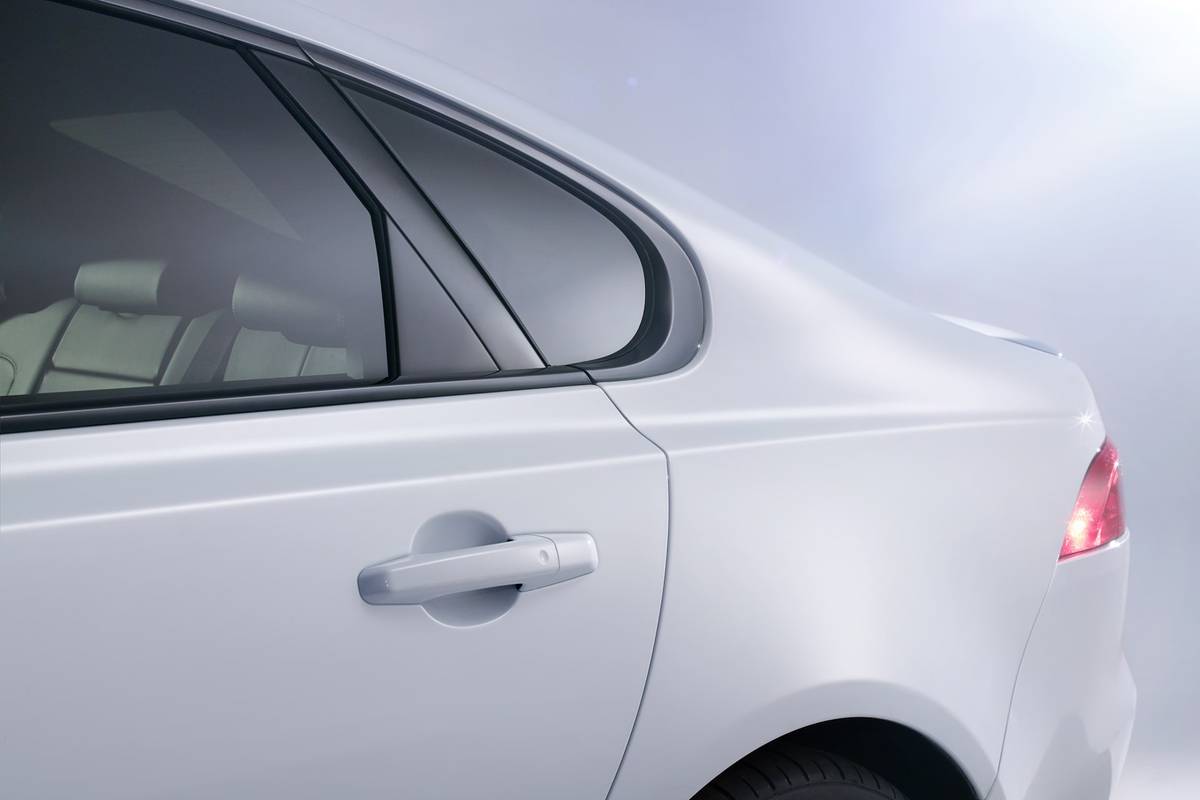
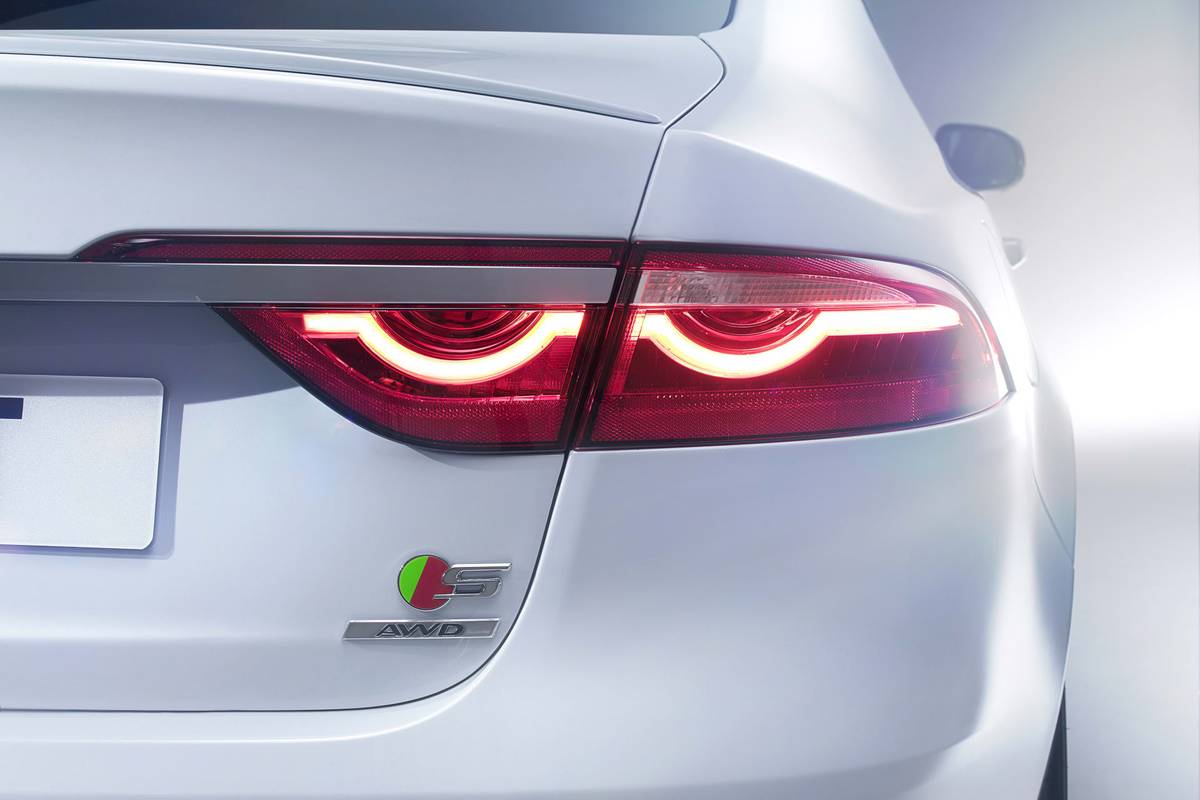
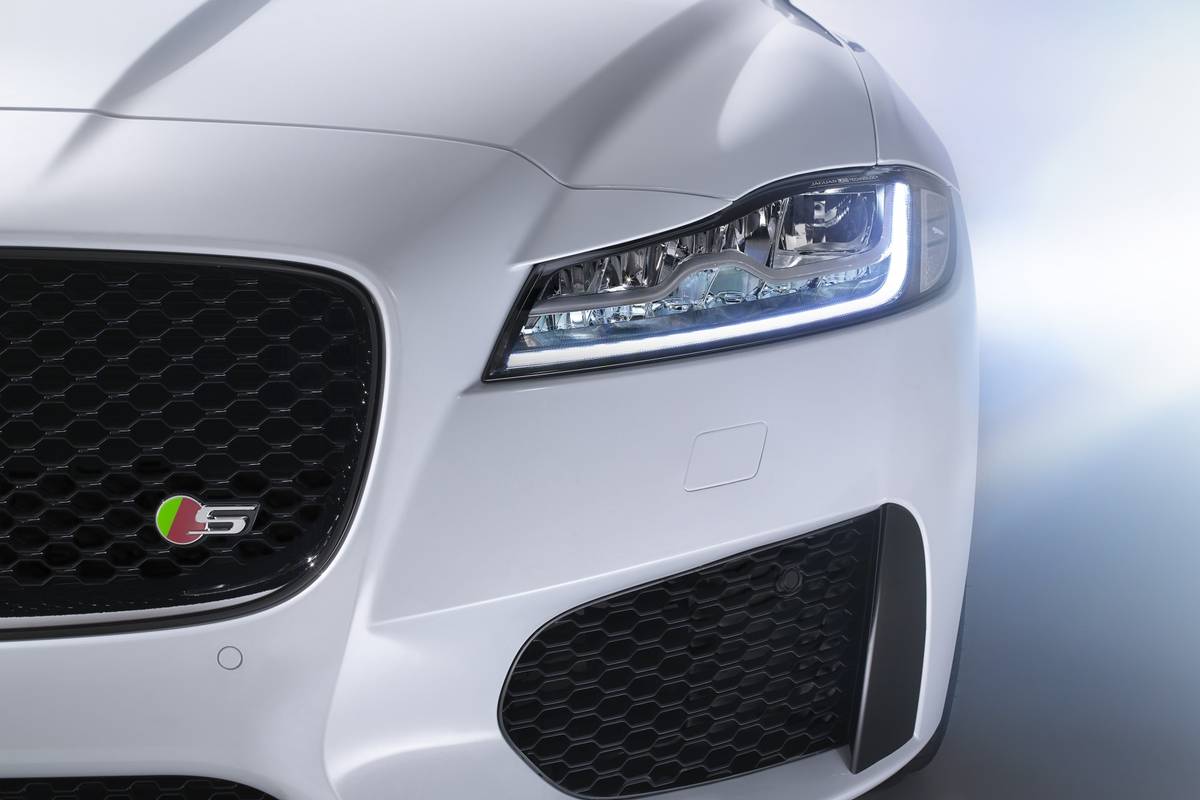
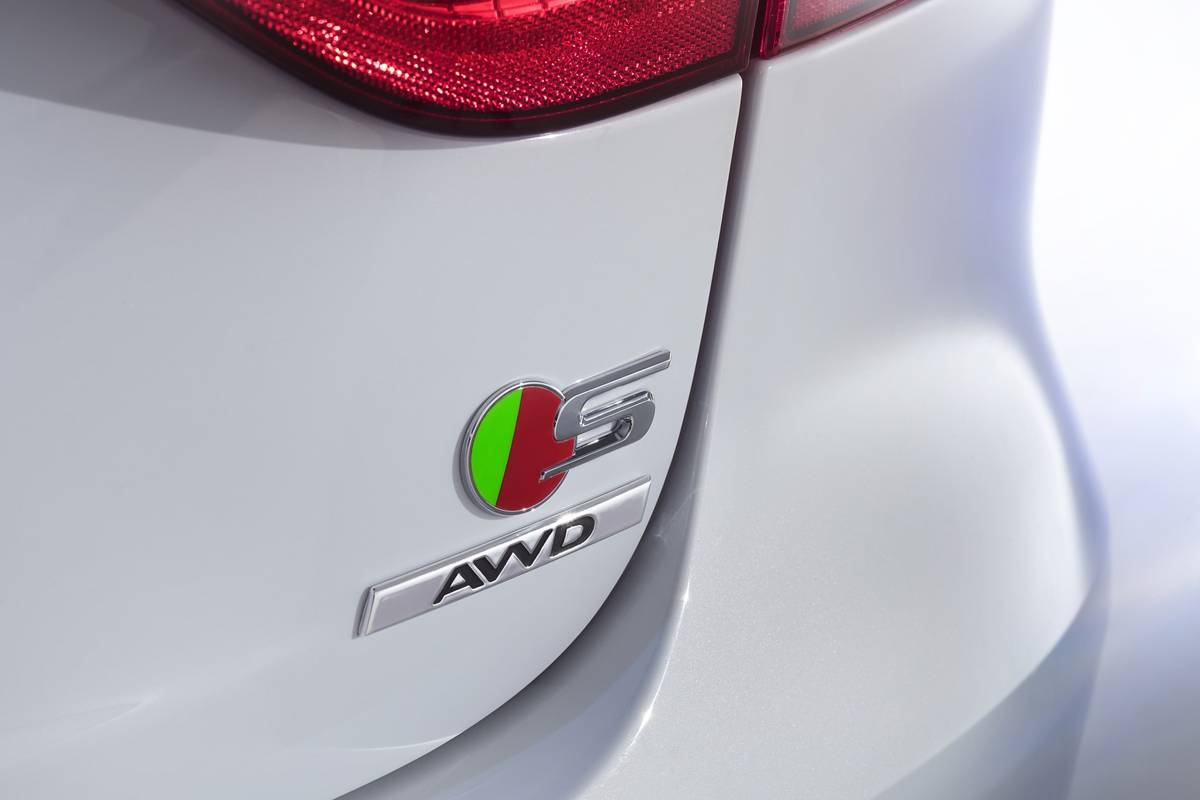

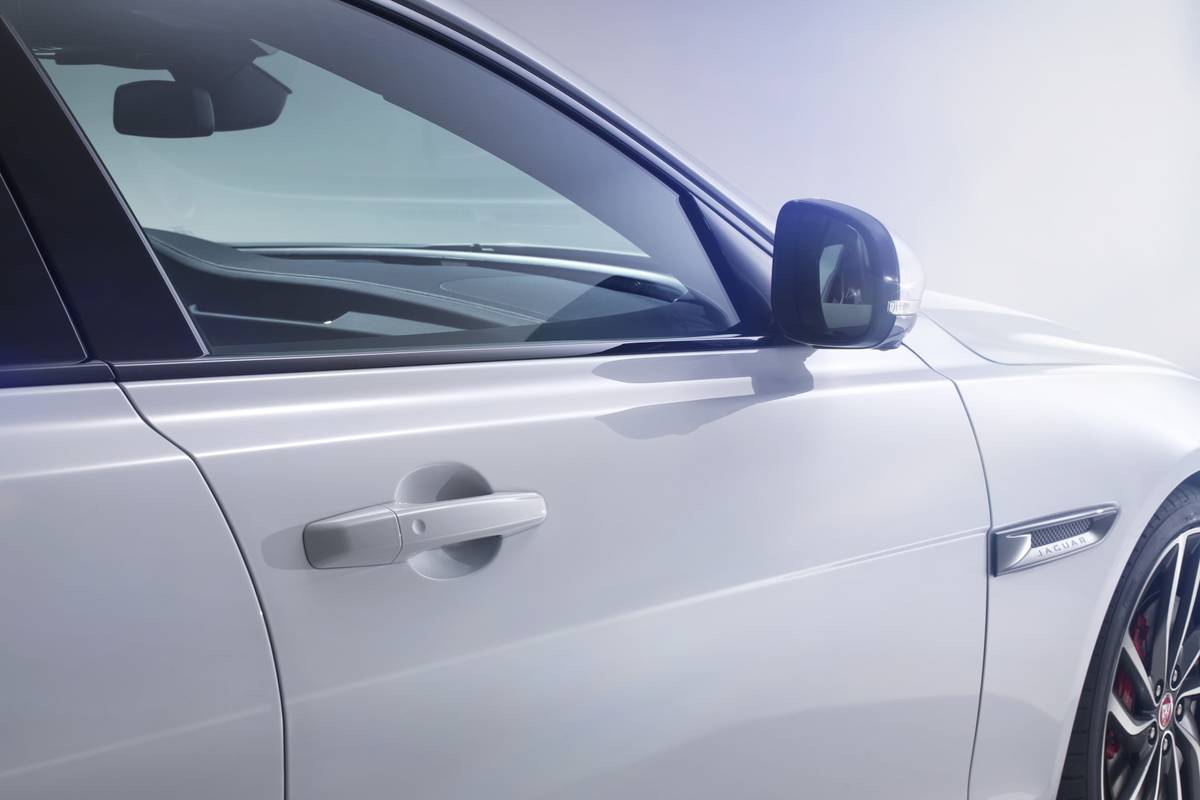
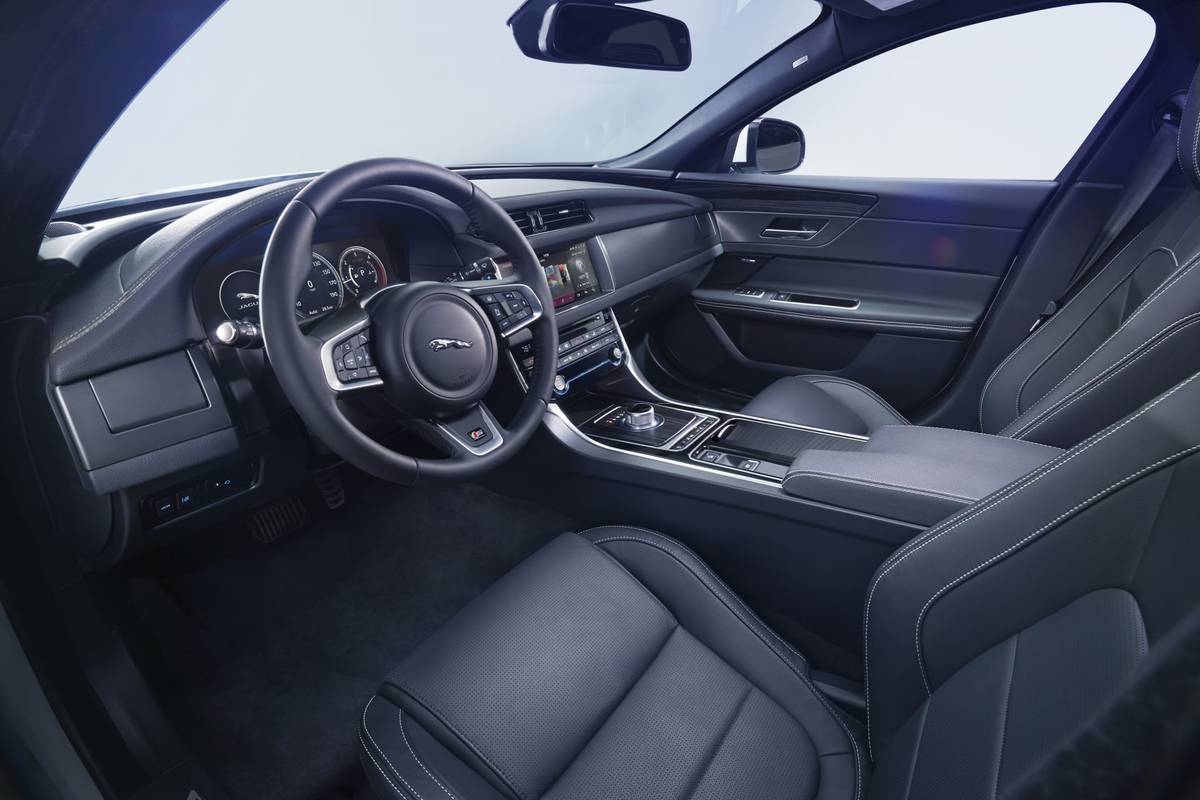
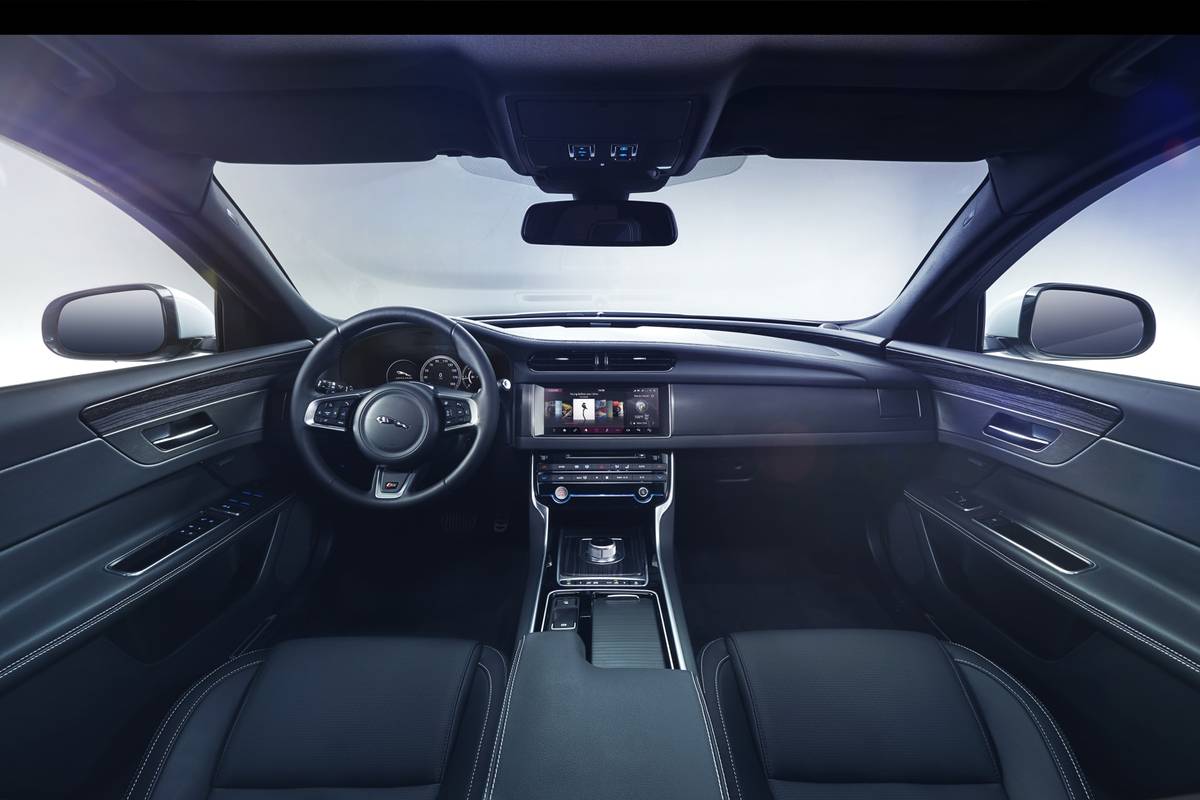
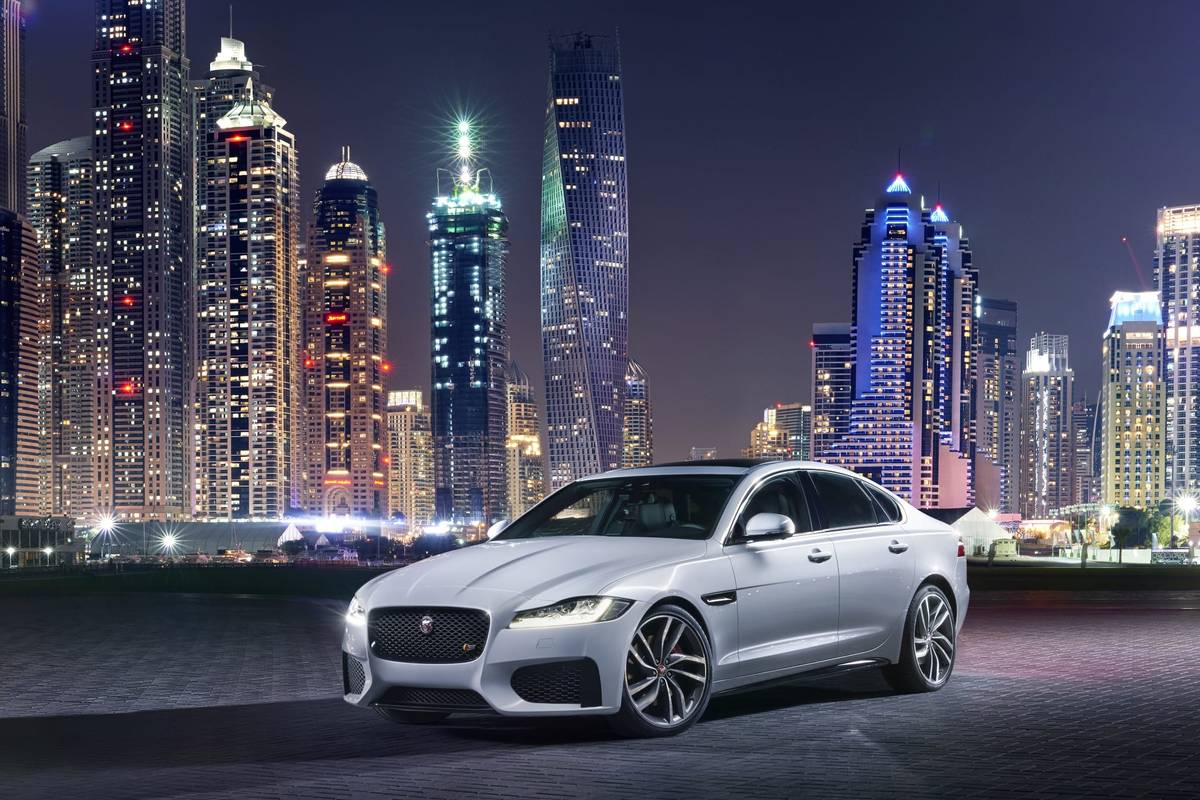
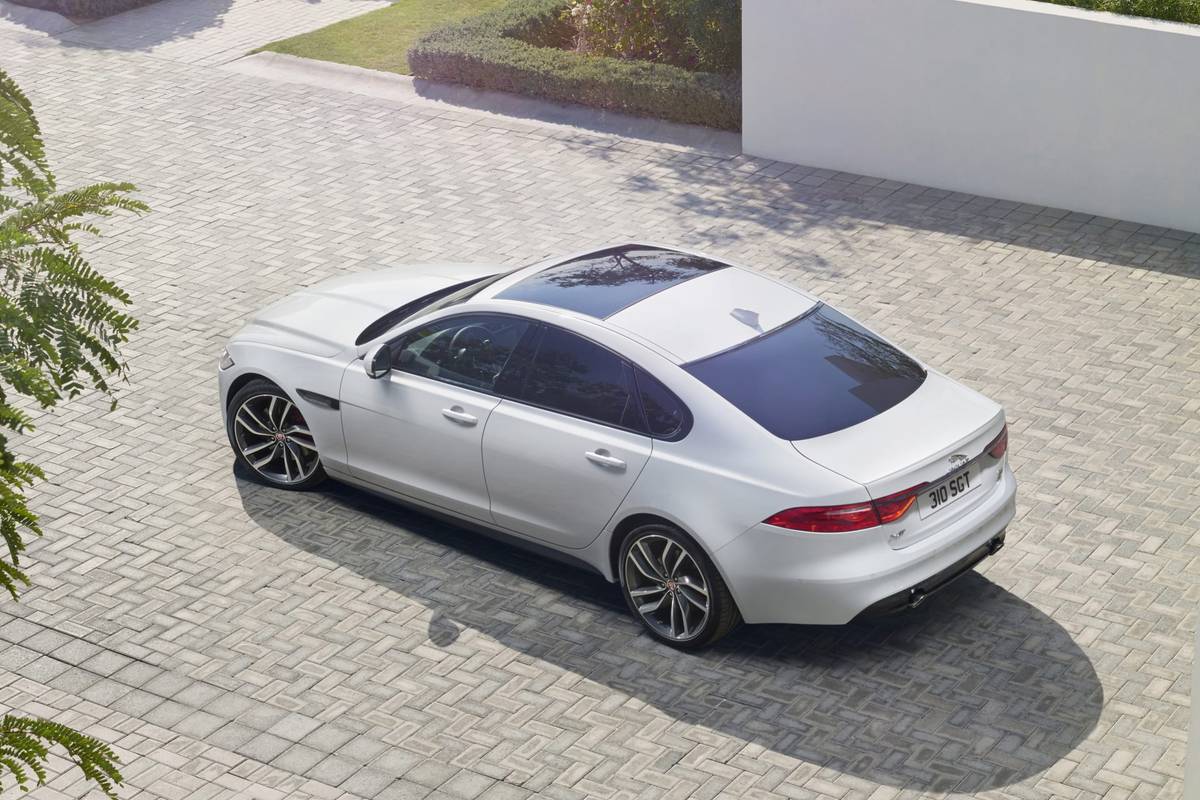

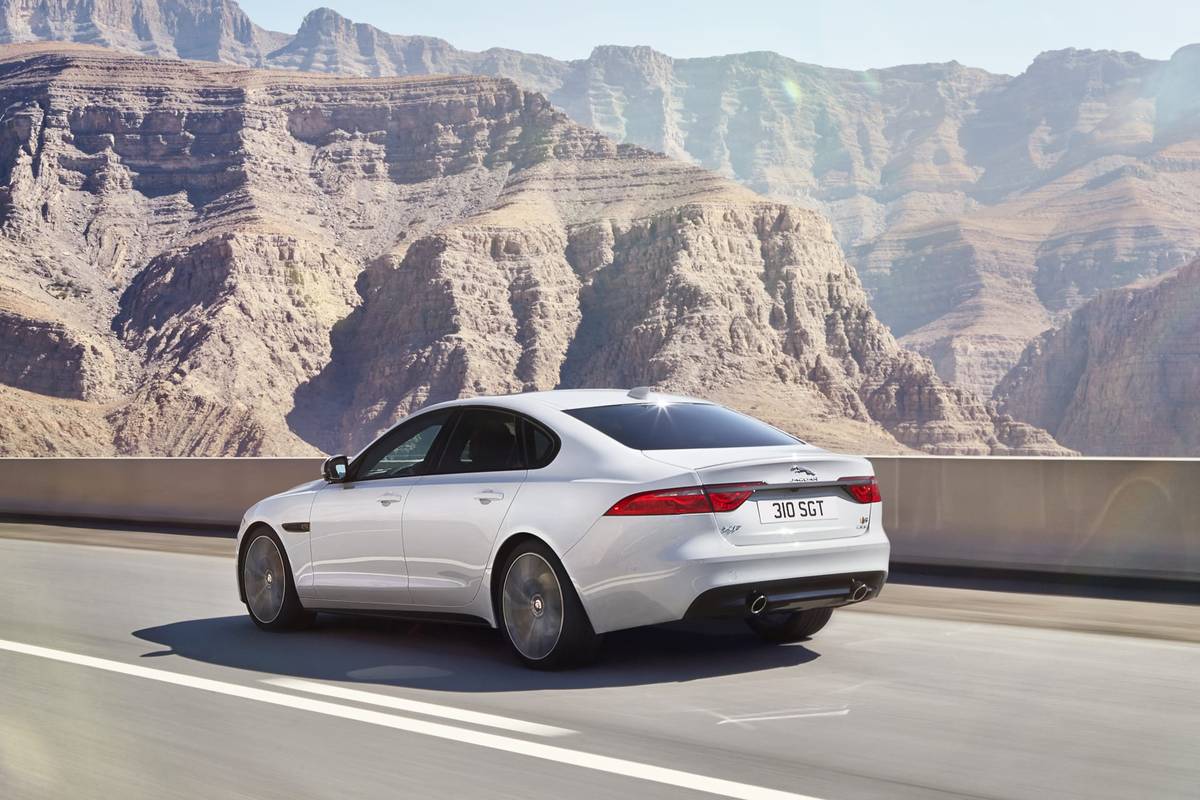
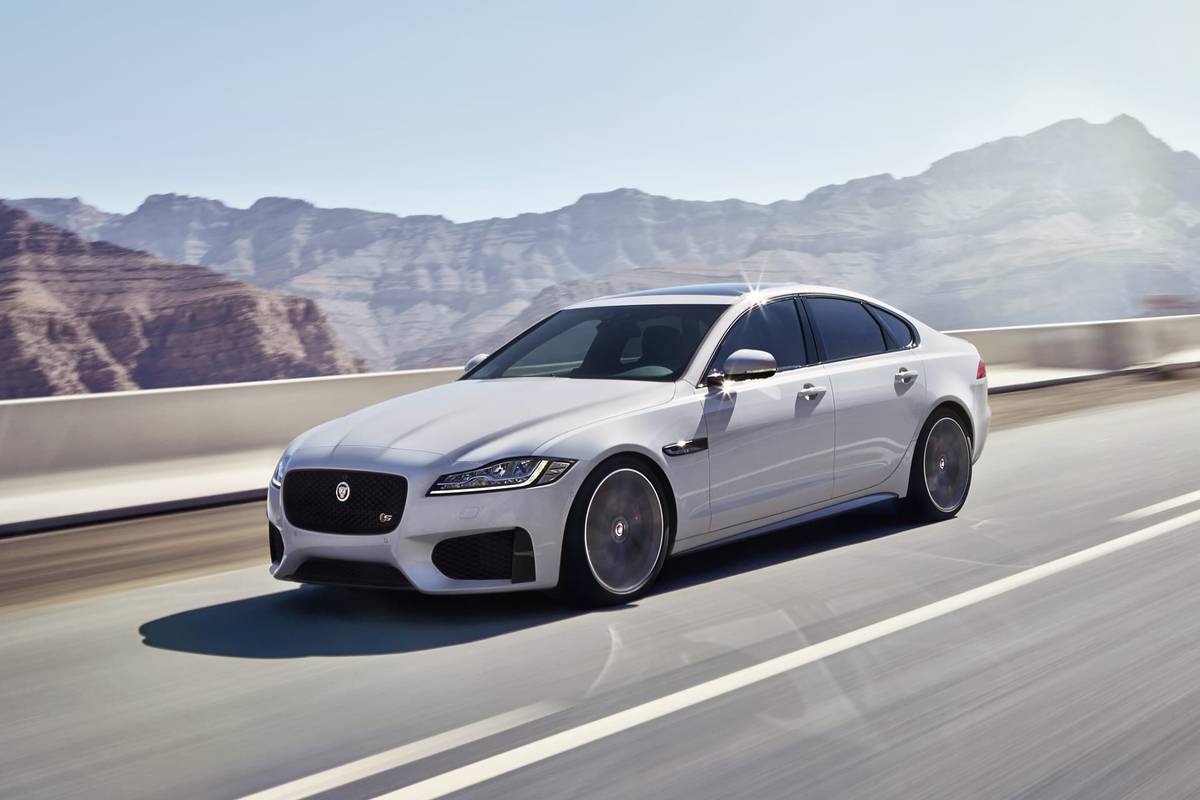

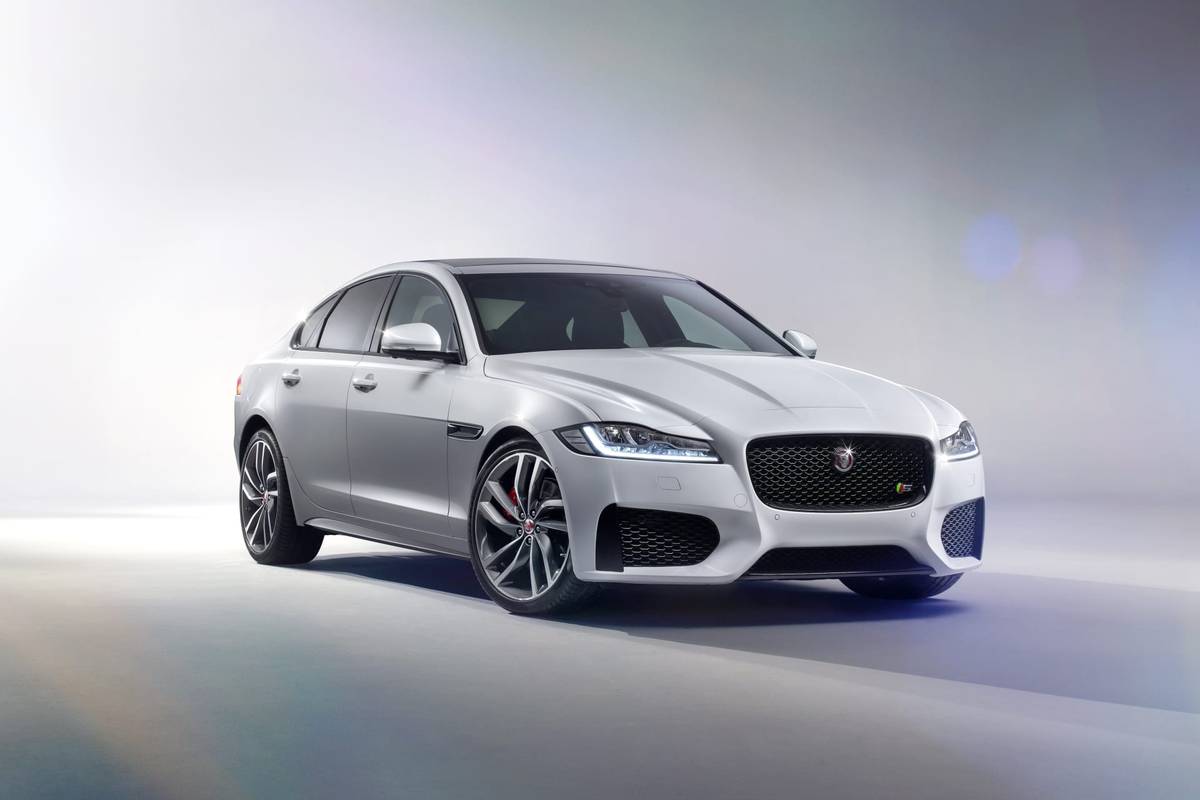
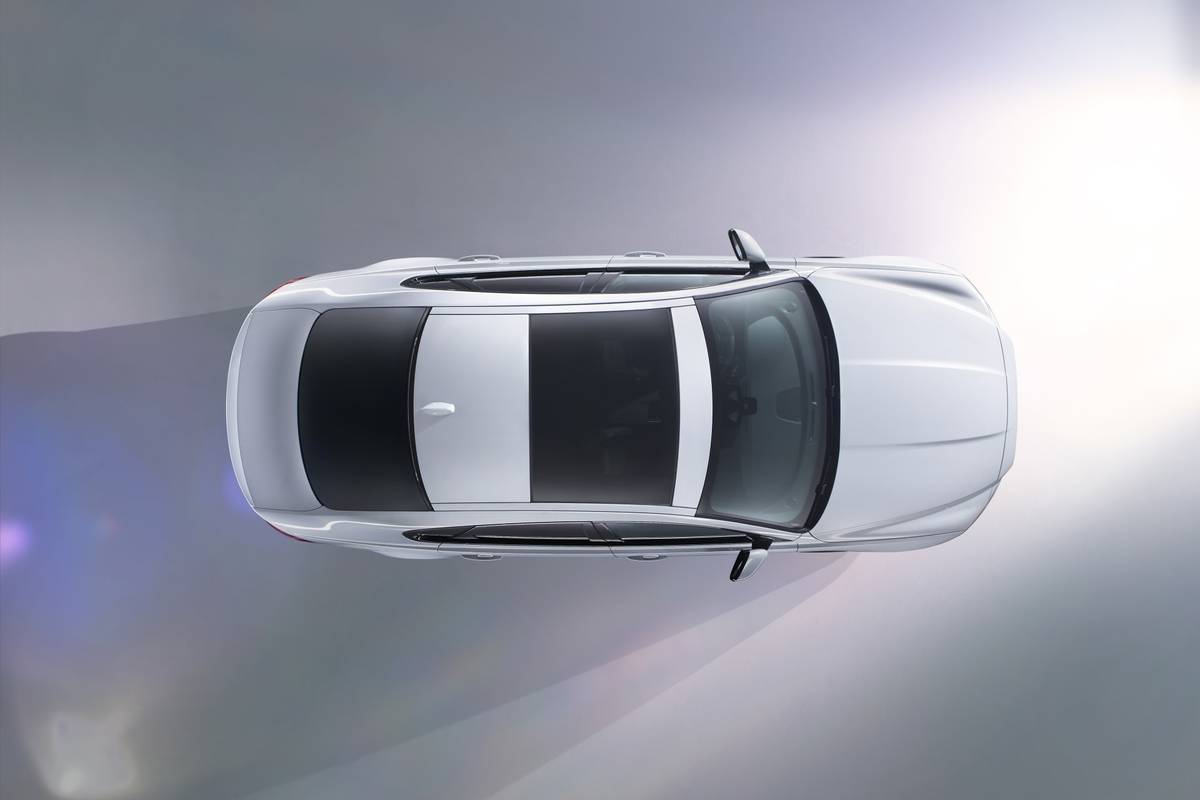
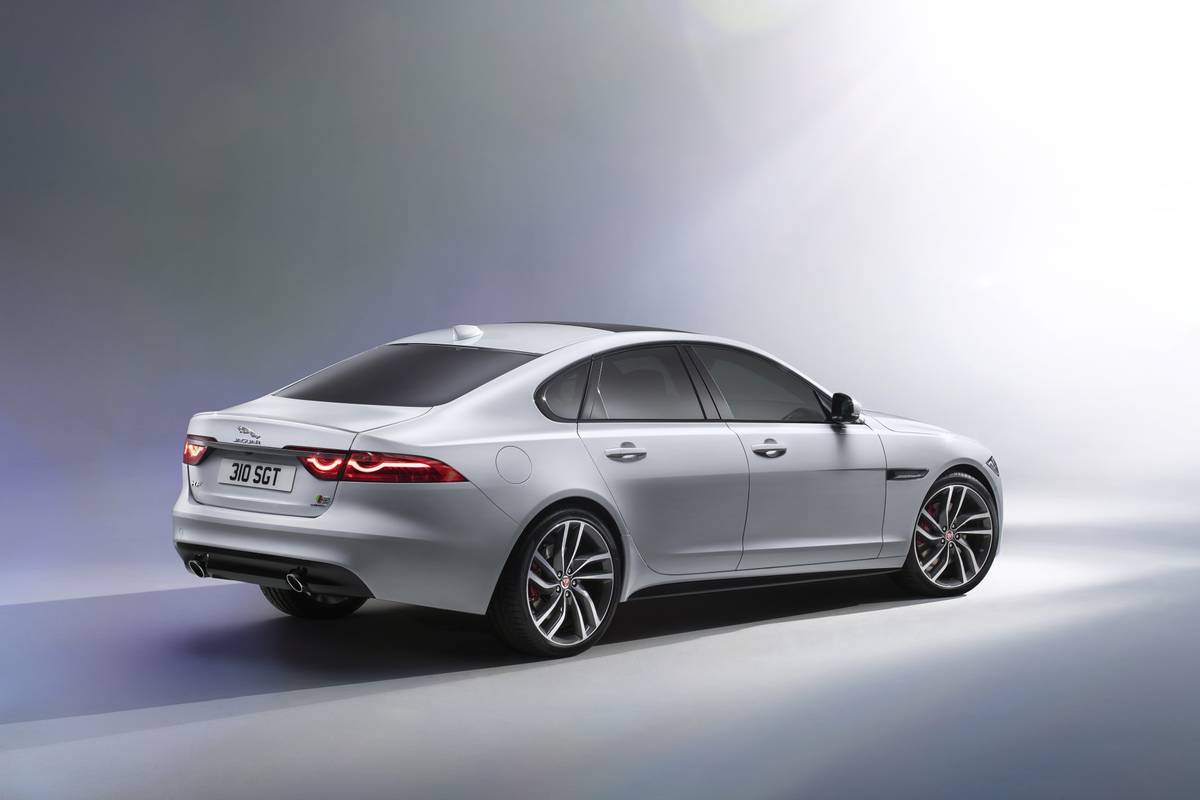
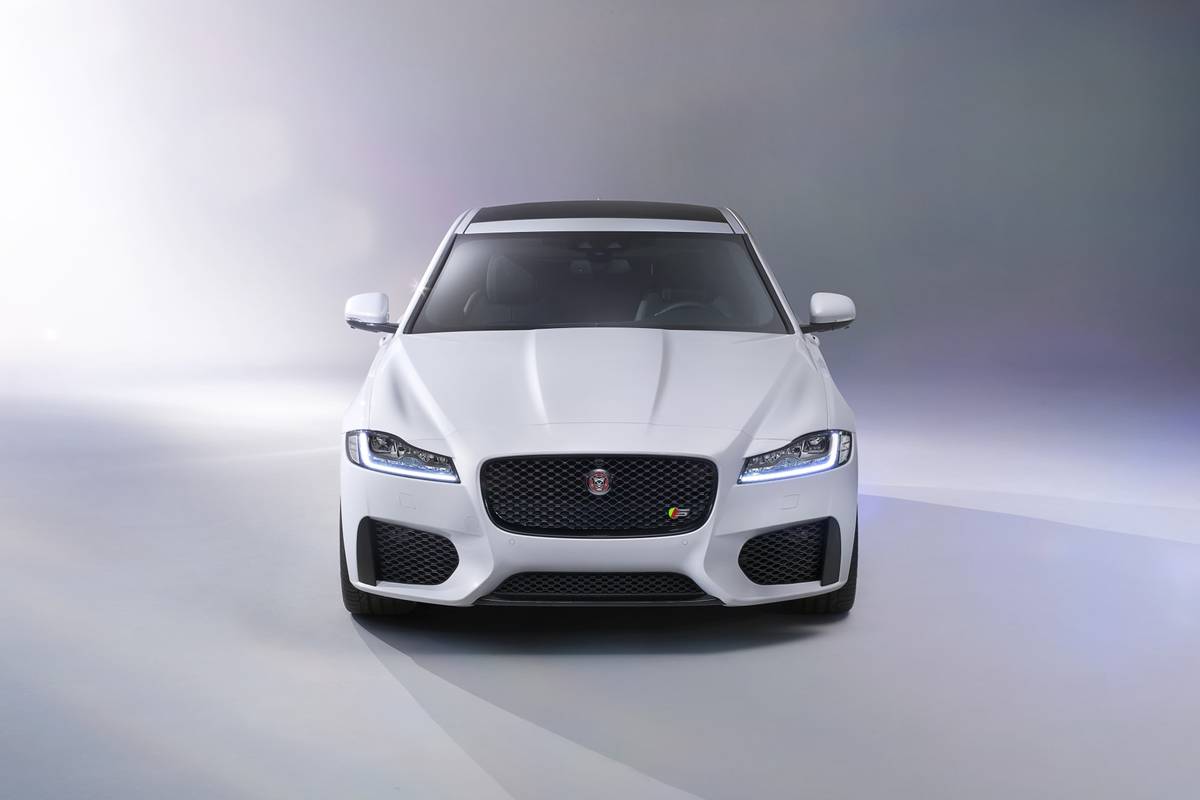
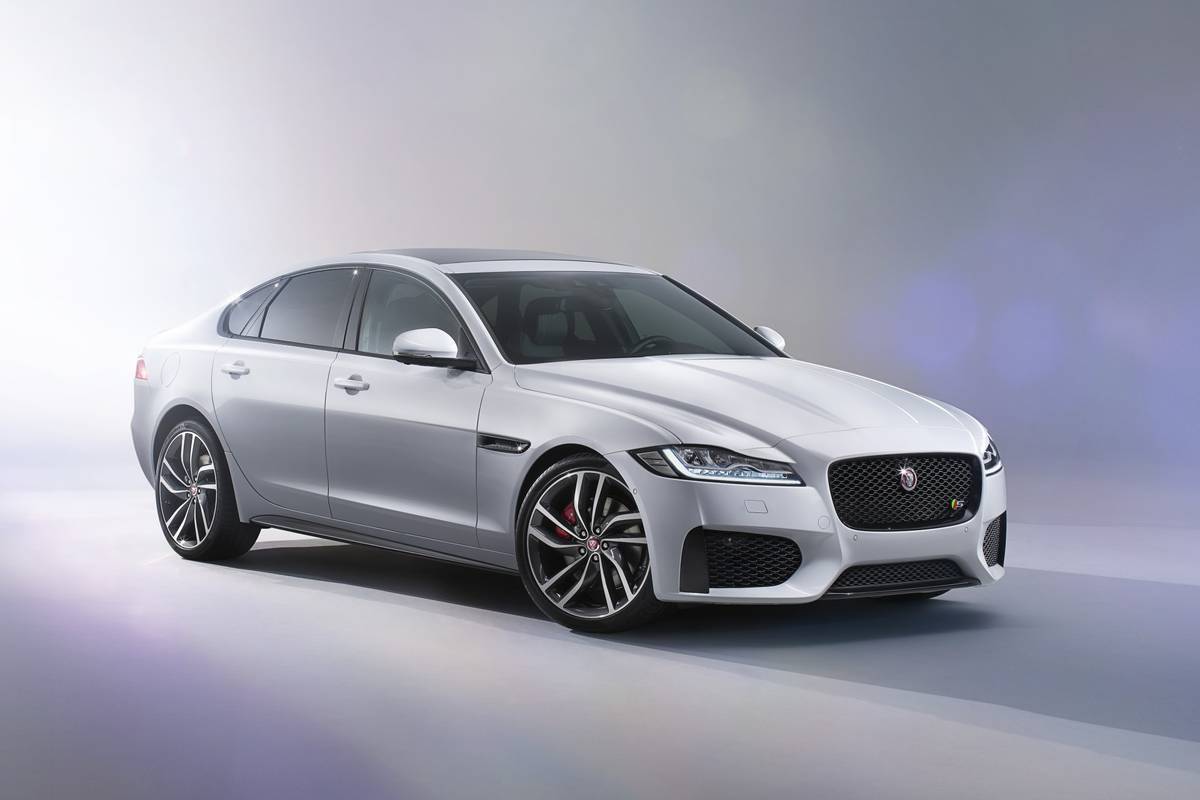
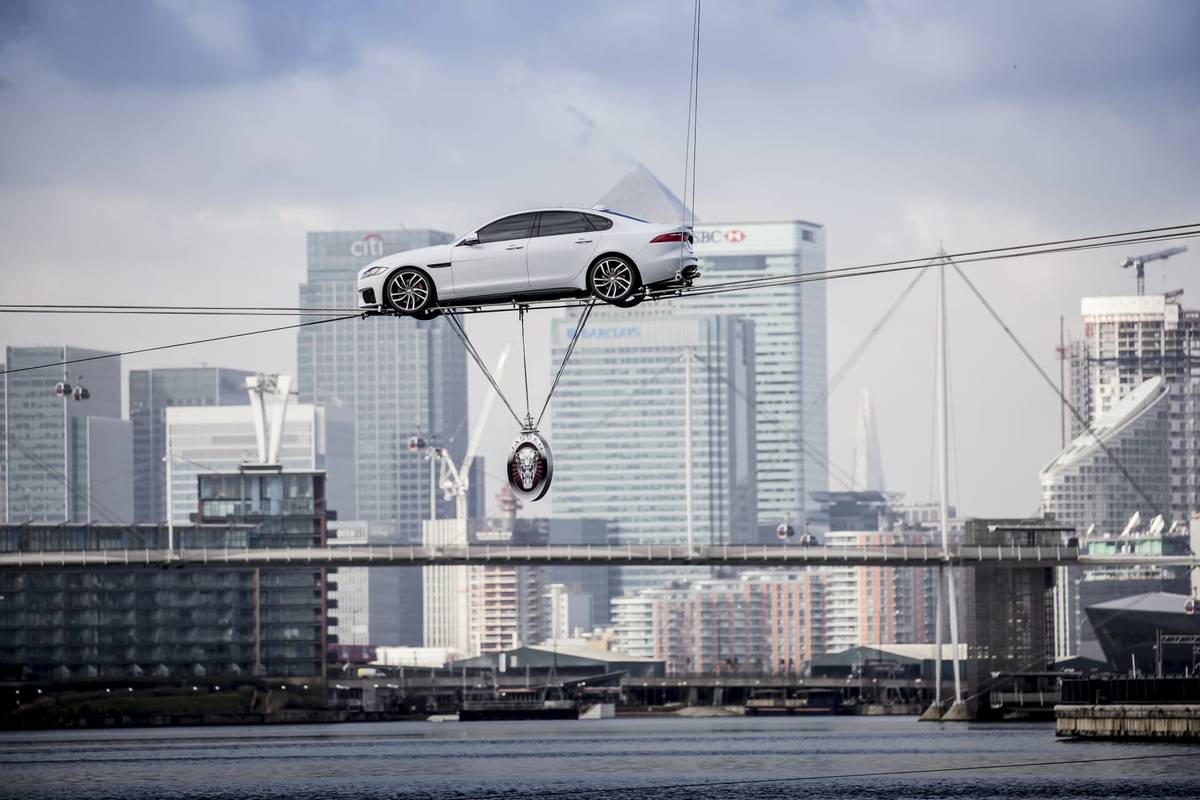
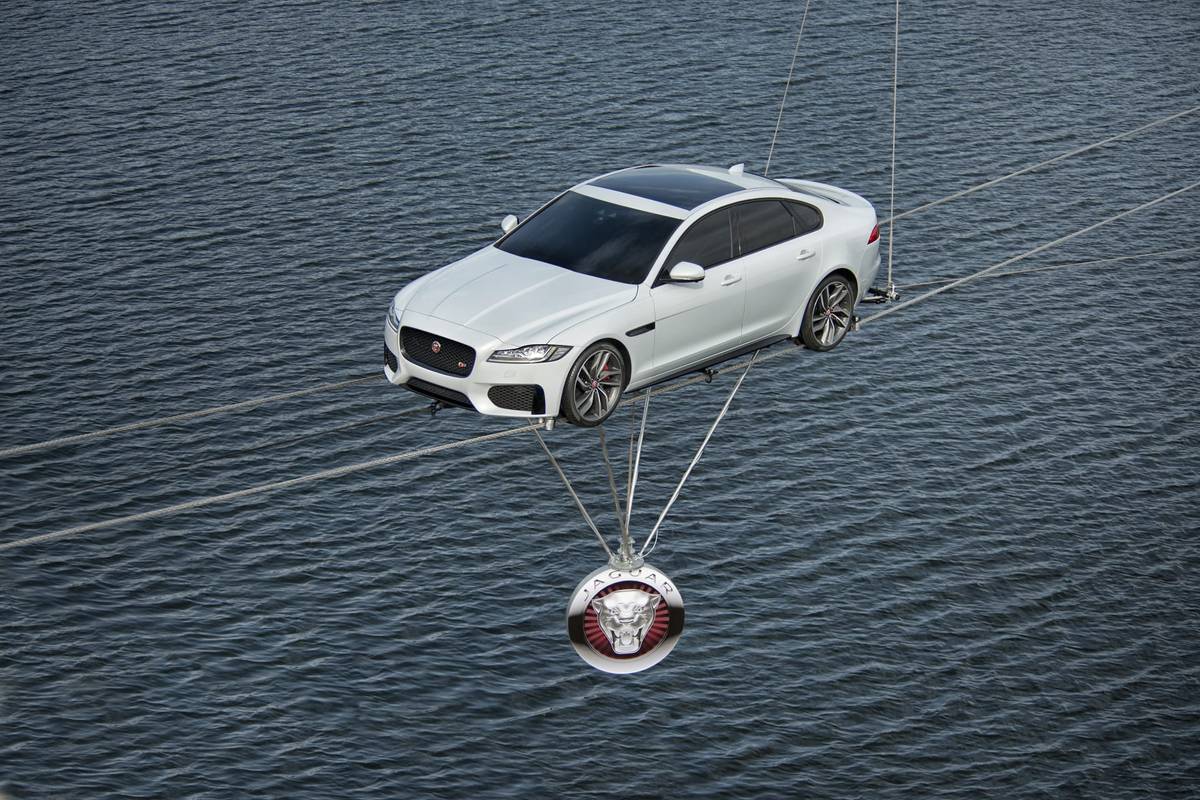






















Managing Editor Joe Bruzek’s 22 years of automotive experience doesn’t count the lifelong obsession that started as a kid admiring his dad’s 1964 Chevrolet Corvette — and continues to this day. Joe’s been an automotive journalist with Cars.com for 16 years, writing shopper-focused car reviews, news and research content. As Managing Editor, one of his favorite areas of focus is helping shoppers understand electric cars and how to determine whether going electric is right for them. In his free time, Joe maintains a love-hate relationship with his 1998 Pontiac Firebird Trans Am that he wishes would fix itself. LinkedIn: https://www.linkedin.com/in/joe-bruzek-2699b41b/
Featured stories

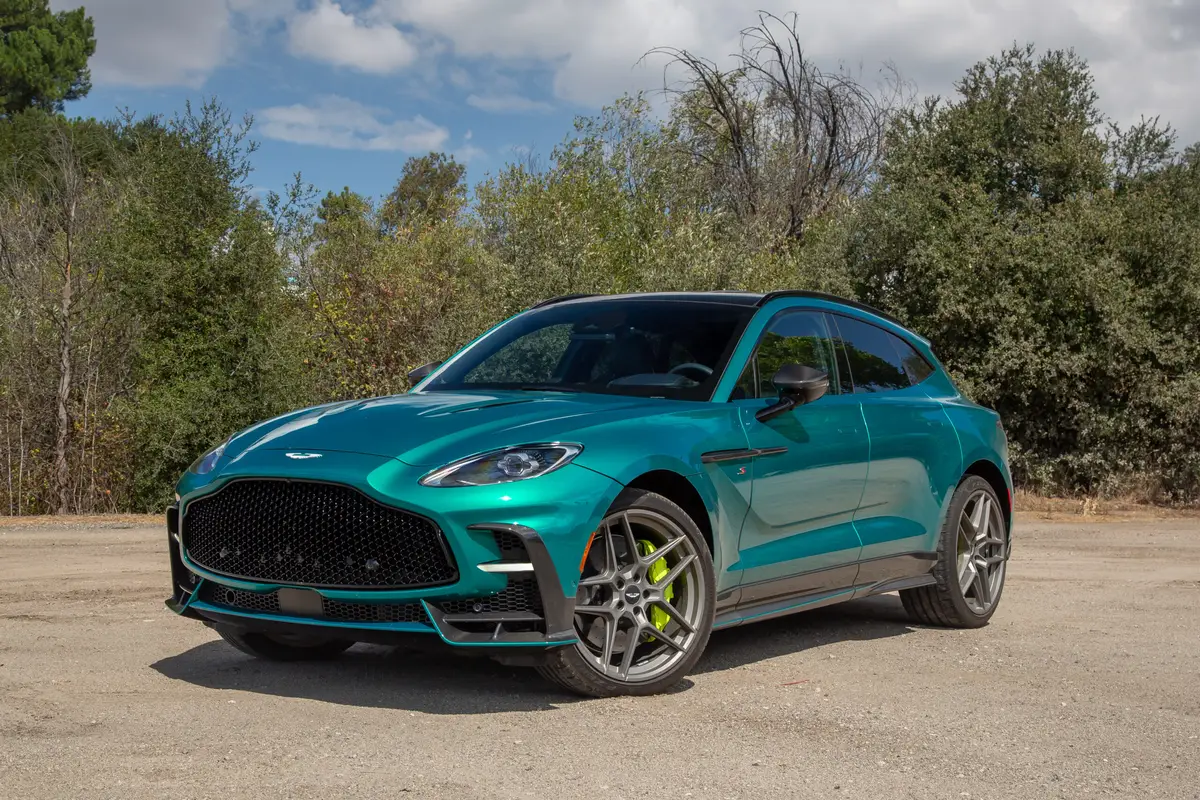
2026 Aston Martin DBX S Review: Excellence in (DB)X S

